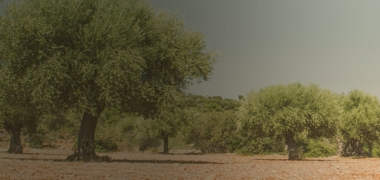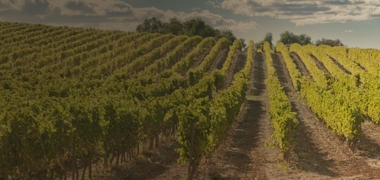Plots in Soria - buy, sell or rent easily
Where to buy land in Soria
The average value of urban land in Soria exceeds €50/m², placing it within the regional average. The cheapest land for sale in the province is in Sagides, with a minimum value of €0.20/m², and Quintana Redonda, with €1.10/m². This is due to the great availability of rustic land available in the territory. Compared to other autonomous communities, it has an average value of rustic land above the national average, caused by the high average altitude and the percentage of requests for these properties.
On the other hand, the most expensive urban plots for sale are found in Golmayo, Almazón, Buitrago, Salduero and Renieblas. The developable plots register average prices like the urban surface because they are concentrated in the same localities and have a great demand. The main reasons for these figures are its proximity to the Community of Madrid and the small size of most of its municipalities.
One of the highest average land values in Castilla y León
The province of Soria is located to the east of Castilla y León, where it borders the Community of Madrid to the south. It has an extension that exceeds 1,000,000 hectares, which represents more than 10% of the total autonomous community. The high average altitude favours low temperatures and higher humidity, which normally translates into rain and snowfall. It is a territory with a marked agricultural tradition, which bases its economy on the exploitation of rustic land.
A landscape marked by the highest average altitude in Spain
It is the territory with the highest average altitude in Spain, with an average height of 1,025m. In addition, it is a landscape of great contrasts that is characterized by the Iberian System to the north, the foothills of the central System to the south, and the Duero River depression in the centre.
The province of Soria, which has more than 800,000 hectares of rural land, continues to maintain agriculture as the basis of its economy. For this reason, more than 250,000 hectares are devoted to cultivation, among which cereals, such as barley and wheat, and legumes stand out. Non-associated vineyards and fruit trees are also of great importance, followed by crops such as sunflower, rye, dry peas, vetch, or oats.
The forest land occupies an area that exceeds 300,000 hectares, which translates into more than 30% of the total of the province. It is divided into timber mount, woody mount, and open mount. For their part, the meadows and pastures have an area that occupies just over 100,000 hectares.
A province with numerous small municipalities
It has one of the lowest population densities in the country, which translates into small municipalities. And it is that its population centres have as main characteristic the small size of its land. The capital, Soria, concentrates more than 40% of the population and has a larger area of territory. The urban land has an extension that exceeds 10,000 hectares, as is the case with the developable plots. The lots for residential use cover more than 1,500 hectares, where the vast majority are grouped in the city of Soria.
An industry favoured by the location of the province on the map
Its strategic location makes it an ideal province for industrial growth, as it is directly connected to the main industrial estates in Spain. It has more than 20 industrial poles, which gather nearly 1,000 hectares of industrial lots. The most important sectors are the agri-food and automotive sectors, followed by pharmaceuticals and wood. The importance of the automobile industry must be highlighted, which in recent years has emerged as one of the economic bases of the province.
The cities of Ólvega and Soria host the greatest industrial weight, with the largest surfaces and the most important companies in the province. Its diversity, its industrial consolidation and its location provide added value to the entities based in its territory.
Soria, where agriculture is the basis of the economy
Soria is one of the most developed provinces at an agricultural level in Castilla y León. And it is that agriculture is the main base of its economy. Despite being the territory with the highest average altitude in Spain, it has very important crops, including barley, wheat, non-associated vineyards, and fruit trees. It is highly influenced by its proximity to the Community of Madrid, which conditions its industrial fabric, its population distribution, and the average value of its urban, developable, and rustic land.
























































